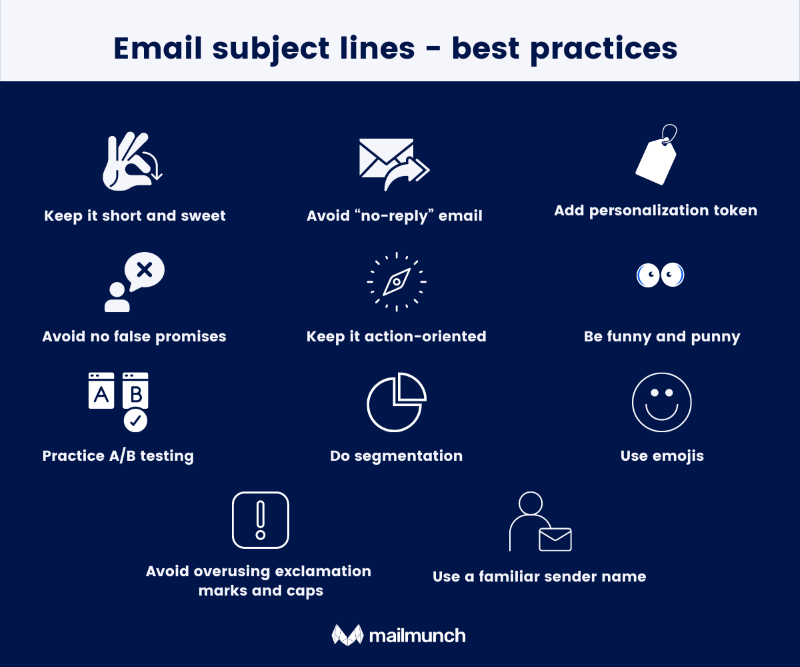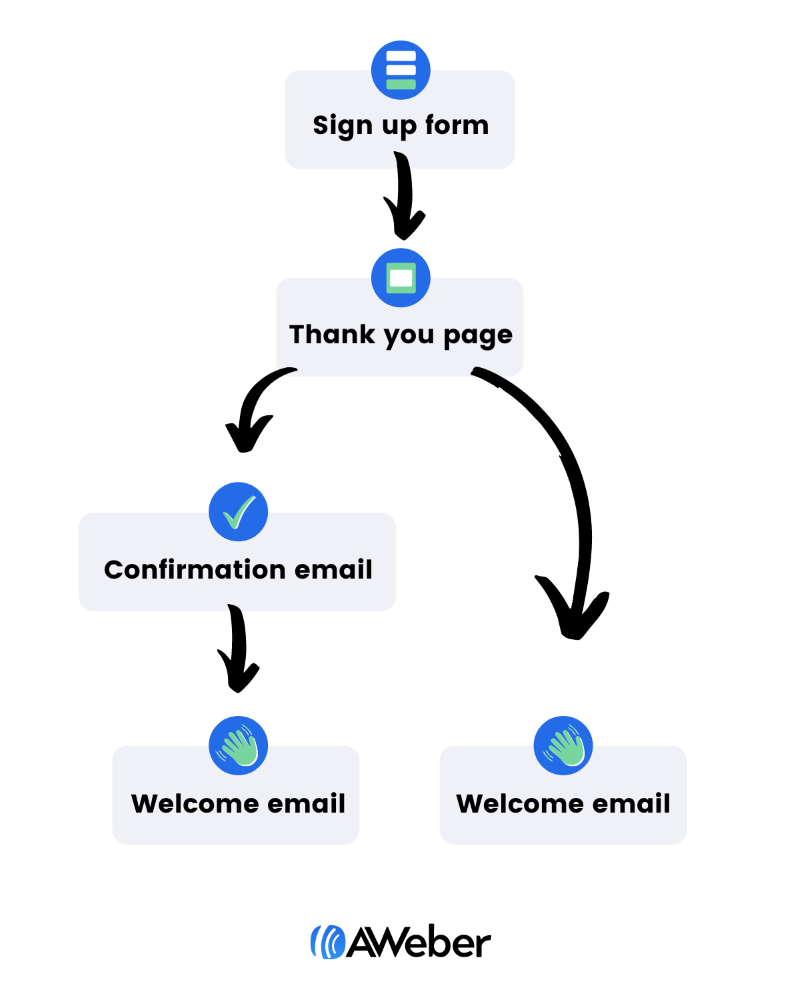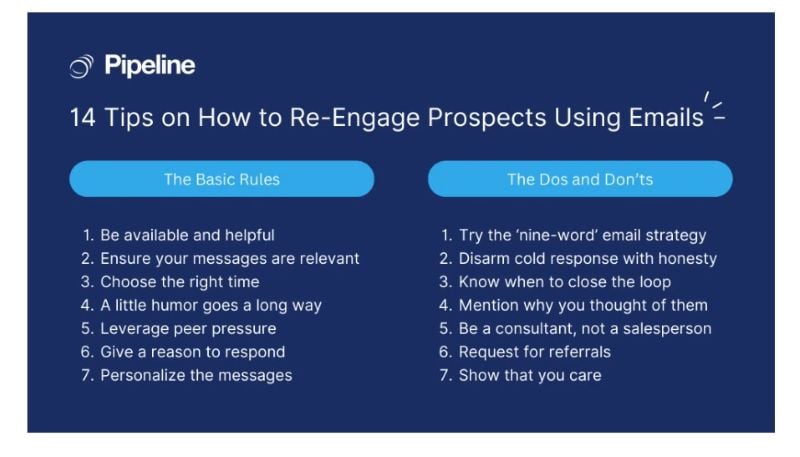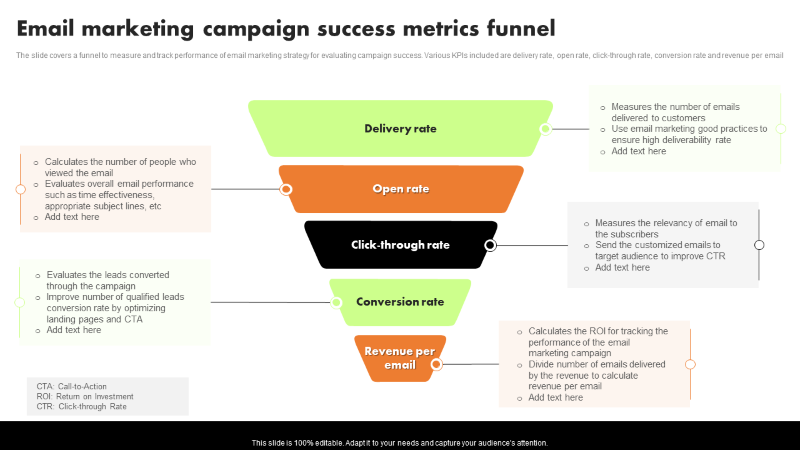Regardless of the times, email remains a powerful tool for connecting with audiences and driving conversions. As a seasoned marketer, I’ve witnessed firsthand the impact of well-crafted email campaigns. The problem is that it can be easy to run out of email marketing ideas after awhile…
Let’s fix that.
As I write about in Digital Threads, email is that critical “E” element in the SES Framework that defines modern digital marketing. But once you acquire contact info from potential customers, how do you best stay in touch with them outside of transactional emails?
In this guide, we’ll explore a variety of email marketing ideas that can invigorate your strategy and deliver tangible results and help you retain mindshare with your list.
From a standard follow-up email, to a welcome email, to general content in between, I have put together my preferred methods for email automation and outreach, to maximize ROI and build trust with your audience.
Understanding the Importance of Email Marketing
 Source
SourceAlthough some have been quick to dismiss the value of an email marketing campaign in the digital age, email marketing is an enduring presence. A good email marketing strategy brings your marketing efforts directly to your audience, and is constructed to meet their needs.
Email use is ubiquitous. As such, the ROI of an email marketing campaign averages a 3500% return, or a $36 return on every dollar spent. Recent estimates have suggested that as much as 50% of the population is regularly checking their email, so email is not a medium you can afford to ignore!
As if the ROI of your email list were not enough, promotional emails and email campaigns can also nurture customer relationships and support long-term loyalty. When your audience knows they can rely on you for regular communication, you can help build trust and foster loyalty.
Email marketing need not rely on tried trends and years-old approaches. By factoring in your social media presence and other up-to-date means of engaging with your audience, you can take your email marketing efforts from the early years of email to a robust, current approach.
Crafting Compelling Content
Writing great emails isn’t just about hitting send—it’s about making sure what’s inside actually resonates. Crafting compelling content means balancing strategy with creativity, and delivering real value in every message.
While the main purpose of a marketing email is to drive sales, emails without heart and intention will not resonate with audiences. Email design, value, and consistency can all help tremendously with supporting your customers’ journey and engagement rates.
To help minimize the number of times your audience hits that unsubscribe button, I’ll walk you through key tactics and email marketing ideas that have helped me and my clients increase engagement and open rates, and improve overall email performance—without gimmicks or fluff.
As you develop your content, remember to focus on two important components: personalization and segmentation.
Personalization and Segmentation
An email list is not a functional asset without proper segmentation. To make your email marketing strategy more effective, make sure that your lists are divided up according to the behavior, demographics, and purchase history of each person and their email address.
By using the behavior of your audience, their demographics, and their purchase history to inform the types of emails that you send, as well as determining how often to send and when you should send, you can target your audience far more effectively.
Personalized email campaigns are the best types of emails to use to improve your conversion rates. A personalized email is more likely to capture the attention of your audience and maintain it. A great example of this is Netflix’s approach to email marketing. The streaming service uses past watches to inform their email marketing and to send customers new shows or announcements they may be interested in.
Email newsletters and other marketing efforts must still be used responsibly. Leveraging data too intently can create discomfort, so make sure you follow best practices and collect only necessary information, and manage that information to make your customers’ experience better or more streamlined.
To better understand how to begin creating compelling emails, hone in on the introduction to your emails: the subject line.
Further Reading: How to Use Email Segmentation to Boost Marketing Conversions
Engaging Subject Lines
 Source
SourceNo matter the types of email you are sending, the primary goal is to get your audience to open the email. Focus first on developing engaging subject lines that will drive curiosity and suggest a benefit to your audience.
Is Your LinkedIn Not Delivering Results?
Just released: my new book to help professionals, entrepreneurs, and business owners maximize LinkedIn for real growth.
With years of LinkedIn expertise, Maximizing LinkedIn for Business Growth offers actionable steps to build your brand, expand your network, and drive results.
Start leveraging LinkedIn like never before—grab your copy now! Click the cover or button below to buy on Amazon.
A/B testing is essential to nail down your subject lines. Test different subject lines and keep an eye on open rates, click rates, and conversion rates to determine which lines perform best.
Asking questions and encouraging urgency are two of the best formulas to use in your subject lines. Asking questions drives the impulse to answer, while creating a sense of urgency helps prompt your audience to make a rapid choice.
Remember that your subject line is the initial introduction to your email–or, in the case of welcome emails, your brand. If you choose to skimp on any aspect of your content, do not let it be your subject line. Instead, focus plenty of time and attention on crafting subject lines that appeal to your audience’s curiosity, clearly add value, and encourage some type of action.
From there, you can move on to…
Further Reading: 10 Top Tips To Write Convincing Email Subject Lines That Get Opened
Visual and Interactive Elements
Social proof typically involves staying up to date on recent trends and practices. Explore making use of GIFs, videos, carousels, and countdown timers in your emails to deliver more compelling content to your audience.
Stripo and BeeFree are two email marketing tools that can help simplify your email design. Having reliable email templates on hand can help simplify email content and make email marketing far easier.
As you create your email marketing campaigns, optimize for mobile and consider accessibility. The numbers of users viewing on their phones continue to increase, and accessibility is increasingly essential for reaching the entirety of your audience.
If you are not sure how to include visual and interactive elements, opt for an email platform that offers pre-created templates. These templates frequently have these elements included, and can make the development of aesthetic, attention-grabbing content a breeze.
Innovative Email Marketing Ideas
If you’re sending the same type of emails month after month, your audience will start tuning out. Innovation is key to staying top of mind. Whether you’re launching a new product or simply nurturing leads, the campaign ideas in this section are designed to inspire fresh approaches and spark better results in your marketing funnel.
These are the types of campaigns I’ve seen cut through the noise and actually move the needle. Each of these email series or approaches can be used to address specific audience segments. As you deliver each of these types of emails, remember to place an emphasis on value and consistency.
When developing your email marketing strategy, do not forget to identify the first and most important component: the welcome email.
Welcome Series
 Source
SourceTo help support customer loyalty, consider using a “drip” as an email marketing tool, or a series of 3-5 emails to help build connection and foster trust between your email subscribers and your brand.
Initial emails should treat subscribers as potential customers first and foremost. Initial emails can support conversion into loyal customers by offering introductions, how-tos, and other helpful information to build trust.
King Arthur Flour offers a great example in their welcome email; rather than immediately suggesting that customers begin purchasing, they offer relevant content, blog posts, and a welcome into a community. In an opposite approach, Ripple encourages immediate purchases, but also offers a discount code to support customer loyalty.
In both approaches, the welcome email is designed to foster a sense of community and prompt your audience to take a specific action. Whether you opt for a discount code or other immediate sales pitch or a more neutral welcome, make sure that your audience feels seen and is convinced of your value.
Once you have developed a solid approach to welcoming new subscribers, you can move on to more fully fleshed out content, like educational emails.
Educational Content
Marketing emails can come in many different shapes and forms, but follow-up emails after your welcome drip can include formats like “how-to” articles, quick tips, and even myth-busting series to deliver educational content.
Any educational emails you deliver need to align with your sales funnel to encourage leads. This can be accomplished in an effective email marketing campaign by including links to products or landing pages, or illustrating how to use a particular item.
Educational content can even be found in a confirmation email. A confirmation email can confirm a subscription while offering ideas that position your brand as a thought leader.
Educational content is frequently not overtly sales-oriented; using links, however, you can bridge the gap between your sales strategy and value-based content. You can also link to blogs or landing pages on your website, which can further prompt sales.
When these emails start to go by the wayside, consider developing re-engagement emails.
Further Reading: 19 Email Marketing Examples to Inspire Better Results
Re-engagement Strategies
 Source
SourceEngagement rates dropping is the first sign of needing re-engagement strategies. Persistent declined opens and decreased click rates are both clear indications of a lack of engagement, and suggest the need for renewed email marketing efforts.
There are many win-back email ideas you can utilize to develop compelling emails to capture the attention of your email subscriber list. Surveys, coupon codes, and exclusive content can all pique your audience’s curiosity and encourage more frequent opens.
An email marketer looking to improve their engagement rates may want to take the approaches taken by these brands into consideration for their own re-engagement strategies:
- Duolingo. Duolingo sends out regular product education emails, but also takes time to deliver reminder emails when engagement dips. These emails use silly and clever quips to quickly re-engage their audience.
- Adidas. Adidas approaches re-engagement emails differently, by focusing on discounts to entice their customer base.
Both of these approaches can be used to help you select the best approach to support your audience’s customer journey and improve customer experience.
Measuring Success and Optimization
 Source
SourceKey Performance Indicators (KPIs) are an essential part of evaluating your customer journey and maintaining your success as an email marketer. Pay special attention to open rates, click-through rates, conversion rates, unsubscribe rates, and any other indication of engagement rates on your email marketing efforts. These can typically be found through your email service provider, though there are other options to fully inform your marketing practices.
Google Analytics, HubSpot, and Mailchimp can also deliver reports to help you determine the efficacy of your emails, including email deliverability, email subject line success, and even the reception of your email templates through A/B testing.
Google Analytics can be used to track email campaigns, and evaluate click-through rates and bounce rates. ConvertKit, if it is your preferred platform, also offers evaluations of the series of emails you send out. Finally, products like HubSpot can be used to manage your marketing practices overall, including any marketing or transactional emails you deliver.
As you continue to evaluate different customer segments and email approaches, make sure you continue to experiment. Subject line tests, send time evaluations, and layout tweaks can all help inform your email marketing strategy to help produce happy customers and improve deliverability rates.
By testing for different approaches, you can determine the most responsive design options for your emails, the best way to support potential buyers, and the most effective avenue toward building loyalty among your audience members.
Further Reading: Essential Email Marketing KPIs: 15 Metrics for Success
Use These Email Marketing Ideas to Maximize ROI
Email marketing continues to be a dynamic and effective channel for engaging audiences and driving business growth. By implementing these innovative ideas and continuously refining your approach, you can create compelling campaigns that resonate with your subscribers.
Whether you are engaging in B2B email marketing or focusing on an email audience of consumers, there are definitive ways to make sure your email ROI is as high as possible. By stocking your email marketing calendar with content tailored to your email recipients, making use of A/B testing, and continually refining your approach to marketing, you can effectively drive sales, build trust, and reduce the number of inactive contacts you have on your email lists.
Remember: the key to success lies in understanding your audience, delivering value, and staying adaptable in an ever-changing digital landscape.? Your email subject lines, actual content, and strategy can all help you stay in the loop and deliver value to your audience.
Further Reading: A Comprehensive Guide on How to Build an Email Marketing Strategy
Actionable advice for your digital / content / influencer / social media marketing.
Join 13,000+ smart professionals who subscribe to my regular updates.